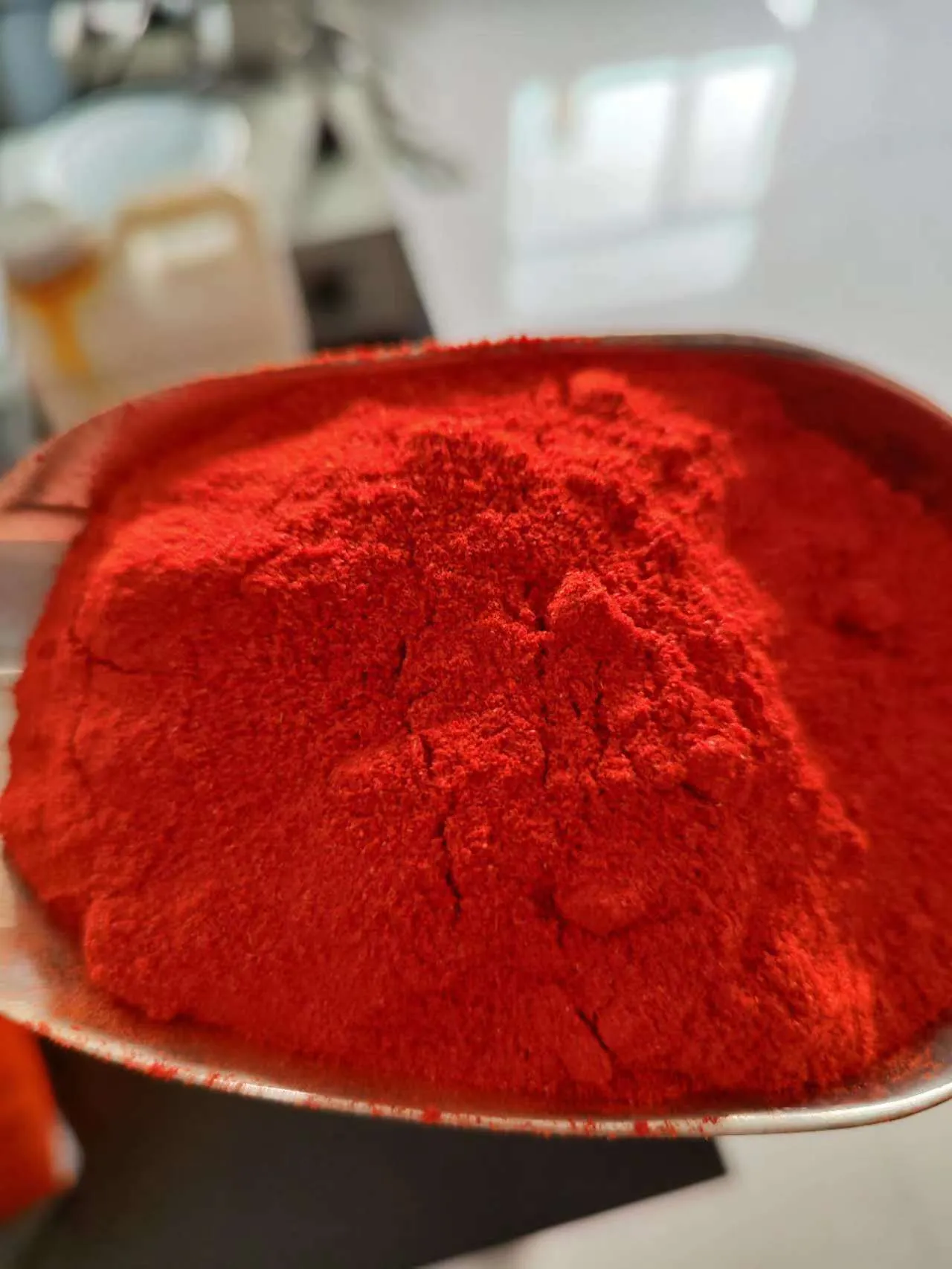- No. 268 Xianghe Street, Economic Development Zone of Xingtai city, Hebei 054001 China
- Byron@hbhongri.cn
vibrant ground red chili spice for enhancing your favorite dishes
The Versatility of Ground Red Pepper An Essential Spice in Culinary Traditions
Ground red pepper, often recognized by its vibrant color and robust flavor, is a staple in kitchens around the world. Known for its ability to enhance and transform dishes, this spice is derived from various types of red peppers, primarily chili peppers, and is a fundamental ingredient in many cuisines. From adding a kick to savory dishes to providing a touch of heat in confectionery, ground red pepper is a versatile spice that has a rich history and an array of uses.
Historical Origins
The use of red pepper can be traced back thousands of years. Indigenous peoples in Central and South America cultivated capsicum peppers long before European explorers arrived. Once discovered, these spices spread rapidly across the globe. By the 16th century, red pepper had made its way to Europe, where it was embraced for its flavor and preservative qualities. Over time, different varieties of red pepper have been developed, leading to a wide range of spice preparations, including paprika, cayenne, and chili powder.
Nutritional Benefits
Beyond its culinary appeal, ground red pepper is packed with nutritional benefits. It is rich in vitamins such as vitamin A, C, and E, as well as minerals like potassium and magnesium. Capsaicin, the active compound in chili peppers responsible for their heat, has been studied for its potential health benefits, including pain relief and improved metabolism. Additionally, the spice is low in calories, making it a healthy addition to a variety of dishes. Incorporating ground red pepper into meals can be an effective way to boost both flavor and nutrition.
Culinary Uses
ground red pepper

The flexibility of ground red pepper is evident in its wide range of applications in cooking. In Italian cuisine, for instance, it is often used in pasta sauces to add warmth and depth. In Indian cooking, it is a key ingredient in curries and chutneys, providing the characteristic heat that many dishes are known for. In Mexican cuisine, ground red pepper plays a pivotal role in salsas, enchiladas, and chili dishes, adding not just spice but also color and richness.
Moreover, ground red pepper is not limited to savory dishes. It can enhance sweet recipes too. A sprinkle of cayenne in chocolate mousse or brownies can create a delightful contrast that elevates the flavor profile of sweets. This unexpected pairing showcases the spice's versatility and ability to bridge different flavor categories.
Techniques for Cooking with Ground Red Pepper
When using ground red pepper, it’s essential to consider the type of dish and the desired level of heat. Learning how to incorporate it effectively can make a significant difference in the outcome of a dish. For a milder flavor, it’s best to start with a small amount and gradually increase to taste, as ground red pepper can vary in potency based on the variety and freshness.
To fully release the flavors of ground red pepper, it can often be sautéed with onions and garlic at the beginning of a recipe. This technique allows the essential oils in the pepper to bloom, enriching the overall taste of the dish. Additionally, ground red pepper can be used as a finishing spice, sprinkled over dishes right before serving to maintain its vibrant flavor.
Conclusion
Ground red pepper stands out as more than just a cooking ingredient; it’s a symbol of cultural exchange and culinary diversity. Its journey from ancient spice trade routes to modern kitchens illustrates its enduring popularity and adaptability. Whether you’re looking to add a hint of warmth or a significant punch of heat to a dish, ground red pepper is the spice that can achieve that, enhancing flavors and contributing to memorable meals. As cooks continue to experiment with this vibrant spice, its role in the culinary world remains as dynamic as ever. So next time you reach for the spice rack, don’t underestimate the power of ground red pepper—it’s a little jar of limitless possibilities.
-
Turmeric Rhizome Powder: A Golden Treasure from Roots to TableNewsJul.28,2025
-
The Versatile Application Of Crushed Red Hot Peppers: Lighting Up The Red Flames On The Dining TableNewsJul.28,2025
-
The Paprika: A Touch Of Vibrant Red In Color, Flavor, And CultureNewsJul.28,2025
-
Ground Turmeric: A Modern Examination of an Ancient SpiceNewsJul.28,2025
-
Capsicum Liquid Extract: Features, Applications, and ChallengesNewsJul.28,2025
-
Application of Capsicum Liquid Extract in FoodNewsJul.28,2025







